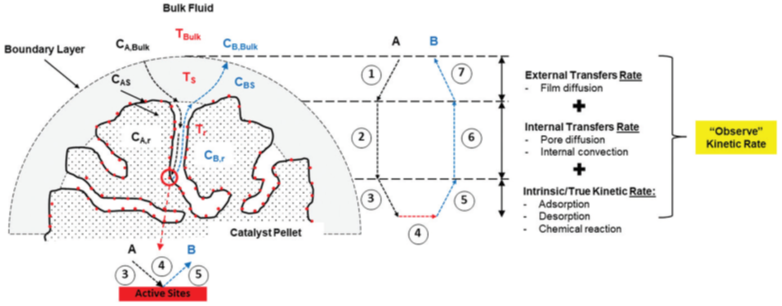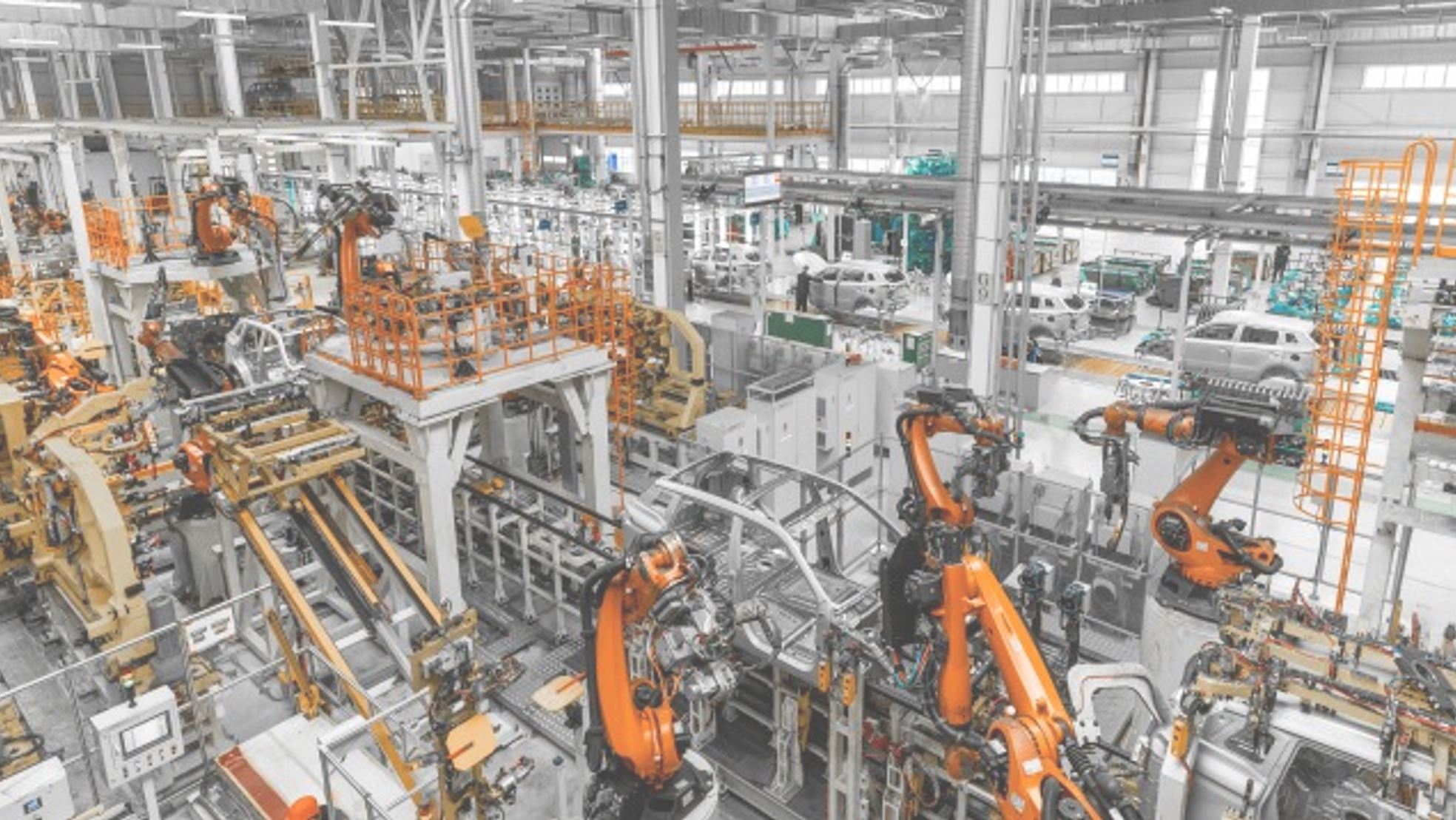

Ina large petrochemical plant, operations involving hazardous chemicals are adaily occurrence. Despite strict safety measures, risks remain due to the complexnature of processes. While accidents can cause severe damage and injury, nearmisses—events that could have led to accidents but did not—often go unreported.However, near misses provide critical learning opportunities that can helpprevent future incidents if properly documented and shared.
Inthis case study, we explore how a proactive approach to sharing near misses andanalyzing past accidents helped improve safety culture and process reliabilitywithin the plant.
Theplant experienced a series of minor incidents, including equipment malfunctionsand unexpected chemical releases, that did not result in injuries or majordamage. These near misses were seen by some as routine and were notconsistently reported. Management recognized this as a missed opportunity toprevent larger incidents.
Additionally,an accident in a different unit highlighted the potential consequences offailing to act on near-miss data. A worker was injured when a pipeline ruptureddue to pressure buildup. An investigation revealed that a similar near missinvolving pressure spikes had been reported six months earlier, but nocorrective actions were taken.
Theseevents encouraged leadership to implement a structured near miss reporting andaccident analysis program to enhance learning and prevent future incidents.
Theplant implemented a series of initiatives to promote near miss reporting andensure that valuable lessons were extracted from both near misses andaccidents. First, creating a reporting culture was prioritized, whereworkers were educated on the importance of documenting near misses. Managementreassured employees that reporting would focus on safety improvements ratherthan assigning blame. To facilitate this, the plant updated the reportingprocess by introducing a simplified system with digital forms and on-sitekiosks, enabling operators to quickly log incidents. Incident analysis andfollow-up were conducted through root cause analysis (RCA) to identifysystemic issues, with corrective actions assigned and monitored until resolved.Furthermore, knowledge sharing was emphasized by distributing lessonslearned through safety meetings, newsletters, and digital platforms, using casestudies to illustrate both successes and challenges. Lastly, the initiativesupported continuous improvement by regularly reviewing incident trends,allowing the plant to refine safety protocols and update training programs toaddress emerging risks effectively.
Theintroduction of a structured near miss and accident reporting system led tosignificant improvements in safety performance and risk awareness across theplant:
1. IncreasedReporting. Nearmiss reports rose by over 50% within the first year. Workers felt morecomfortable sharing information, knowing it would lead to constructive actionsrather than punishment.
2. PreventiveActions. The plantidentified recurring issues, such as pressure control failures and equipmentfatigue, and implemented preventive measures. For example, enhanced pressuremonitoring systems and scheduled maintenance reduced the likelihood of pipelineruptures.
3. ImprovedTraining. Trainingprograms were updated to include real-world examples from reported incidents.Operators learned how to recognize early warning signs and respond effectivelyto potential hazards.
4. FewerIncidents. Overthree years, the rate of recordable incidents decreased by 40%. Many seriousrisks were mitigated before they could escalate into accidents.
Thiscase study highlights the essential role of sharing near misses and learningfrom accidents in enhancing process safety. Key takeaways include the need to encouragereporting by establishing a non-punitive culture where workers feel safe toshare information, thus fostering transparency and accountability.Additionally, it emphasizes the importance of acting on near misses withthe same urgency as actual incidents, as analyzing these events can helpuncover systemic vulnerabilities before they escalate into serious issues.Another critical point is the necessity to invest in training andcommunication, where regular dissemination of lessons learned improvesworkforce awareness and vigilance. Finally, continuous improvement isvital; safety programs must evolve by leveraging insights from incident data toaddress new risks proactively. By cultivating a culture centered on reportingand continuous learning, the petrochemical plant reduced risks, minimizedincidents, and reinforced both safety and operational efficiency, proving thatnear misses are indispensable in accident prevention.












